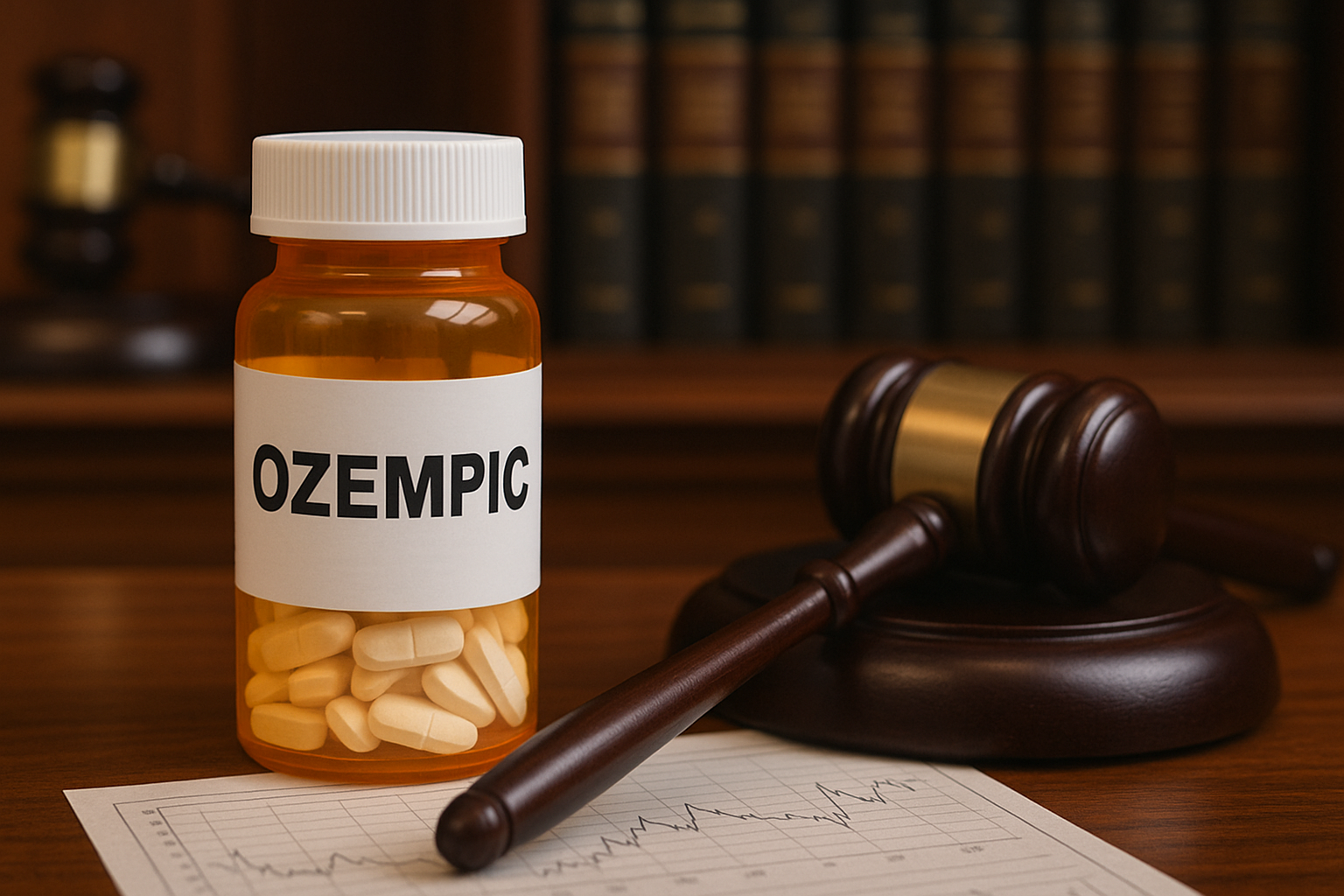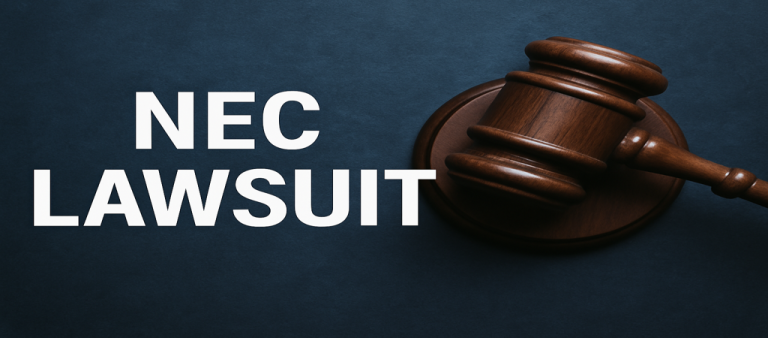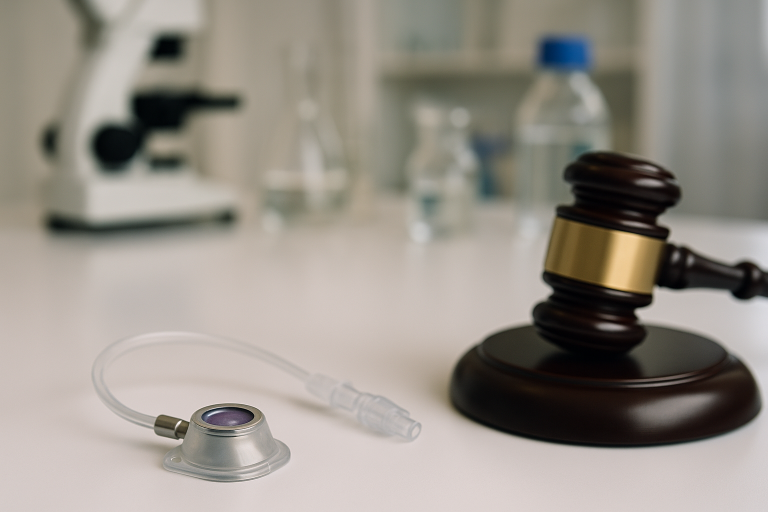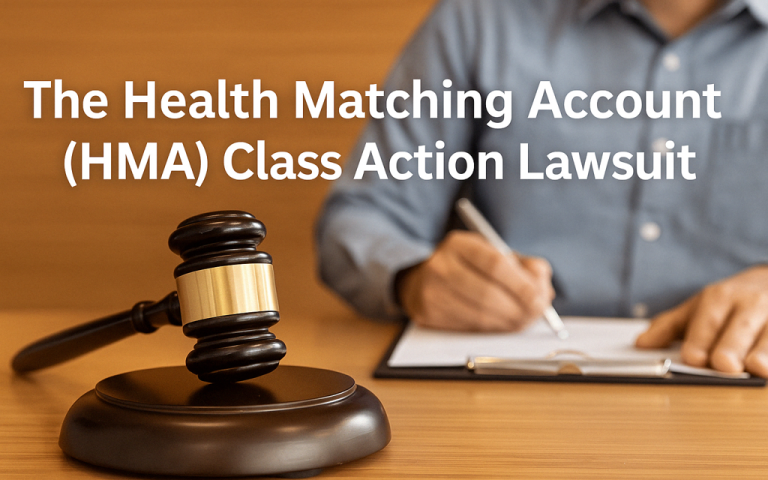The Ozempic class action lawsuit has become one of the most-watched legal battles in healthcare. Patients who once trusted this blockbuster drug now accuse manufacturers of hiding risks. Doctors prescribed Ozempic for diabetes. Then celebrities boosted its fame as a weight-loss shortcut. Social media platforms filled with before-and-after photos. Demand exploded in the United States and abroad.
The dream of quick results came at a cost. Thousands now report severe gastrointestinal damage. Others describe constant vomiting, sharp abdominal pain, or even sudden vision loss. Some can no longer work or eat normally. Families face staggering medical bills. Many feel betrayed.
Courts now combine these lawsuits into a massive multidistrict litigation. This battle is not just about money. It is about safety, honesty, and responsibility. What happens next will affect drug companies, doctors, patients, and regulators worldwide. The story is only beginning.
The Rise of Ozempic and Its Legal Fallout
Ozempic became an overnight sensation. Doctors originally prescribed it to control type 2 diabetes. The drug’s active ingredient, semaglutide, lowered blood sugar levels. It also produced rapid weight loss. Hollywood stars spoke openly about their success. TikTok creators praised it as a miracle.
As fame spread, prescriptions surged. Pharmacies ran out of supply. Some patients struggled to refill their diabetes medication. Off-label use became a trend. Millions sought prescriptions not for diabetes but for appearance.
The glow soon dimmed. Reports of nausea, vomiting, and stomach pain increased. Some patients described constant bloating. Others reported weeks of inability to eat solid food. Hospitals saw a rise in emergency admissions. Doctors linked many cases to Ozempic use.
Complaints turned into lawsuits. Lawyers argued the company failed to warn properly. Patients demanded accountability. Courts responded by combining cases into one centralized litigation.
Understanding the Ozempic Class Action Lawsuit
The public often calls it a class action. Technically, it is a multidistrict litigation, or MDL. A true class action treats all claims as one. An MDL groups individual cases together under one judge. Here, every plaintiff keeps an individual claim. Each patient’s damages remain separate. The court coordinates early stages together. Discovery, evidence review, and major motions happen in one courtroom. This avoids duplication. It reduces delays. It also ensures consistency across rulings.
The Judicial Panel on Multidistrict Litigation created this MDL in 2024. The panel assigned it to Judge Karen Marston in Philadelphia. The case number is MDL 3094. Defendants include Novo Nordisk and Eli Lilly. Their drugs include Ozempic, Wegovy, Rybelsus, Mounjaro, Zepbound, and Trulicity. This MDL is still young. But it already holds thousands of cases. Lawyers expect filings to keep rising throughout 2025 and beyond.
Why Patients Decided to Sue
Patients did not sue lightly. They sued because their lives changed drastically.
Gastroparesis and Stomach Paralysis
The most reported injury is gastroparesis. This means the stomach muscles no longer move food properly. Patients describe food sitting in their stomach for days. Vomiting becomes relentless. Some vomit multiple times daily. Nutritional intake collapses. Weight loss becomes dangerous rather than beneficial. Feeding tubes are sometimes necessary.
Ileus and Bowel Blockages
Another serious complication is ileus. This means the intestines stop moving food. Blockages develop. Pain becomes unbearable. Bowel obstruction can become fatal. Some patients require emergency surgery. Recovery is long and painful.
Severe Vomiting and Malnutrition
Beyond medical labels, patients describe misery. Simple meals lead to hours of discomfort. Trips to emergency rooms become routine. Quality of life drops sharply. Work becomes impossible. Families watch loved ones suffer daily.
Vision Loss and NAION
More recently, lawsuits add vision-related claims. Studies suggest a link between semaglutide and NAION. This condition damages the optic nerve. It can cause sudden partial blindness. Some report permanent loss of sight in one eye. Fear of irreversible damage fuels more lawsuits.
FDA Actions and Safety Updates
The Food and Drug Administration reacted gradually. In 2023, the FDA added a warning for ileus on the Ozempic label. This meant the drug could cause intestinal blockages. The agency received increasing reports through its safety database. Doctors were urged to monitor patients more closely.
In 2024, regulators also evaluated suicidal ideation reports. Some patients mentioned unusual thoughts after starting GLP-1 drugs. The FDA has not found a causal link. Yet it continues monitoring.
These steps highlight ongoing safety concerns. Label changes show the risks were not fully disclosed earlier. Patients argue the companies should have warned them sooner. Companies argue the warnings were adequate. This conflict drives much of the litigation.
How the MDL Process Works
Understanding MDL helps explain the pace of this case. Cases are not erased. They are centralized. Each plaintiff remains in control of their claim. The MDL judge manages all cases together. Lawyers file common motions. Evidence collection happens once for all parties.
Bellwether trials follow later. A small number of cases go to trial first. These trials test jury reactions. If juries award large damages, companies face pressure to settle. If juries side with defendants, plaintiffs may struggle. Judge Karen Marston oversees the Ozempic MDL. She manages deadlines, hearings, and rulings. Her courtroom decisions guide the future of thousands of claims.
Courtroom Decisions in 2025
The MDL advanced significantly this year. Judges considered early “cross-cutting” issues. One issue was how to prove gastroparesis. Plaintiffs argued clinical diagnosis should suffice. Defendants pushed for strict standards. The court leaned toward strict proof. Now many claims require objective evidence. A gastric emptying study often becomes mandatory. This narrows the pool of cases. Patients without diagnostic testing may face dismissal.
Another issue was warning adequacy. Plaintiffs argue labels hid risks. Defendants argue labels already warned enough. The court has not decided fully yet. Future rulings will set the standard. Expert testimony also matters. Plaintiffs need experts to link Ozempic to injuries. Defendants challenge their credibility. Judges must decide which experts can testify. These rulings shape the direction of the case.
The Growing Number of Cases
Case numbers climb steadily. In early 2024, lawsuits numbered in the hundreds. By mid-2025, filings passed two thousand. Analysts expect thousands more by 2026.
Advertising campaigns drive awareness. Law firms run national commercials. Patients who once stayed silent now speak up. Social media spreads stories of suffering. This MDL may rival other historic drug litigations. It could reach the scale of opioid lawsuits or tobacco cases. Its growth shows the depth of public concern.
Medical Evidence and Scientific Debate
Science fuels this fight. Studies link GLP-1 drugs to stomach paralysis. Researchers report higher rates of hospital visits. Emergency rooms see more GI-related admissions. Yet absolute risk remains debated. Some argue most users never face serious harm. Others point to underreported cases.
Vision studies deepen the debate. Some ophthalmologists see a connection to NAION. Others doubt the link. Data remains mixed. Regulators call for more research. Doctors remain divided. This uncertainty complicates lawsuits. Plaintiffs push evidence of risk. Defendants highlight weak causality. The truth may lie in between. Science evolves slower than court schedules.
Who Qualifies to File a Claim
Not all patients qualify. Strong evidence is essential. Medical records must confirm diagnosis. Hospital visits carry weight. Gastric emptying studies help prove gastroparesis. Surgery notes confirm ileus. Eye exams prove optic nerve damage.
Proof of using Ozempic or related drugs is critical. Prescription records matter. Pharmacy receipts help. Doctor notes confirm treatment history. Geography matters too. This MDL covers U.S. cases. International patients may file separate actions.
Class Action vs MDL: Why It Matters
The words matter. People call it a class action. In truth, it is an MDL. A class action means one lawsuit. Victims share one payout. Compensation is divided evenly. Individual details matter less.
An MDL is different. Each plaintiff keeps an individual claim. Settlements or verdicts vary by case. Severe injuries may earn higher payouts. Mild injuries may receive less. This distinction gives victims more control. But it also makes the process slower. Cases proceed at individual speed. Resolution takes years.
Will There Be a Settlement?
No settlement exists yet. Bellwether trials will guide settlement talks. These trials likely begin in 2026. Outcomes will signal risk. High jury awards will push companies to settle. Defense wins will weaken plaintiff bargaining power.
Lawyers predict no settlement before 2026. History shows MDLs often take years. Settlement values remain uncertain. Compensation may cover medical bills, lost wages, and suffering. For now, speculation dominates. Patients must wait. Companies defend strongly. Both sides prepare for a long fight.
Impact on Patients and Healthcare Systems
The lawsuit reflects more than money. It highlights strain on healthcare. Hospitals see rising ER visits. Gastroenterologists treat complex complications. Surgeons handle emergency blockages. Ophthalmologists monitor vision loss cases. Primary care doctors counsel confused patients.
Insurance costs increase. Families face high medical bills. Employers lose workers to illness. Patients struggle with trust. Faith in pharmaceutical companies suffers. Doctors face hard questions about prescribing safety. This impact will last for years.
Public Perception and Media Buzz
Media drives awareness. Celebrities once praised Ozempic. Now some share regret. Influencers describe pain, not success. Headlines highlight lawsuits. News reports track filings weekly. Talk shows discuss risks openly. Online forums fill with patient stories.
Public perception shifted. Ozempic went from miracle drug to legal nightmare. Skepticism grows toward fast medical trends. Patients question new drugs more. Trust in big pharma drops further.
What Happens Next in Court
The MDL continues. Judges rule on expert testimony soon. This will decide which scientific evidence reaches juries. Lawyers prepare bellwether cases. Discovery remains heavy. Millions of company documents face review. Internal emails may reveal hidden knowledge.
The first trials may begin late 2026. Their outcomes will shape the settlement path. Appeals may follow. A full resolution may take several more years.
Steps for Patients Considering a Claim
Victims should act carefully.
First, record every symptom. Keep a diary. Track hospital visits. Save test results.
Second, collect prescription records. Keep pharmacy receipts. Ask doctors for copies.
Third, consult experienced attorneys. Many offers free reviews. Choose carefully.
Fourth, act quickly. Deadlines exist. Waiting can close the door.
Possible Lessons for Future Drugs
This lawsuit teaches lessons beyond Ozempic.
Companies must disclose risks fully. Regulators must act faster on safety signals. Doctors must monitor patients more closely. Patients must demand transparency.
Society must weigh benefits and risks. No drug is free of side effects. Clear warnings save lives. Honest marketing builds trust.
Future drugs will face stricter scrutiny. Ozempic’s story will shape policies.
Looking Ahead: A Timeline of Change
The timeline stretches long.
- 2025 focuses on motions and strict rulings.
- 2026 will likely bring bellwether trials.
- 2027 may open settlement talks.
- Later years may bring payouts.
Patients wait anxiously. Companies defend aggressively. Courts push toward order. The outcome remains uncertain.
Frequently Asked Questions About the Ozempic Class Action Lawsuit
What is the Ozempic class action lawsuit?
The Ozempic class action lawsuit is a consolidated litigation. Patients claim the drug caused severe stomach and vision injuries.
Is the lawsuit really a class action?
No. It is a multidistrict litigation (MDL). Each patient keeps an individual claim inside the coordinated federal process.
How many lawsuits are there now?
By mid-2025, the MDL included more than 2,000 cases. Lawyers expect filings to continue rising into 2026.
What injuries are linked to the lawsuit?
Patients report gastroparesis, ileus, chronic vomiting, malnutrition, and vision loss. Some require surgery. Others suffer permanent optic damage.
Did the FDA warn about these side effects?
Yes. In 2023, the FDA added an ileus warning. It continues monitoring reports of stomach paralysis and suicidal thoughts.
When will the Ozempic lawsuit settle?
Experts predict no settlement before 2026. Courts must hold early bellwether trials first to guide potential settlement values.
How much money could patients receive?
No payout amounts exist yet. Compensation may cover hospital costs, lost income, permanent disability, and emotional suffering.
Who qualifies to file a claim?
Patients must prove Ozempic use and injury diagnosis. Strong medical records, hospital notes, and prescription history strengthen cases.
Will every patient get the same compensation?
No. Settlement amounts will depend on injury severity. Individual damages remain unique under the multidistrict litigation process.
What should patients do right now?
Patients should gather medical records, track symptoms, and contact an experienced attorney quickly. Deadlines may close claims permanently.
Conclusion: The Fight Over Ozempic Continues
The Ozempic class action lawsuit defines a turning point in modern drug litigation. Patients once praised the drug for weight loss. Now thousands accuse it of destroying health. Families describe suffering, hospital visits, and lost hope. Doctors balance benefits against new warnings. Regulators issue updates cautiously.
Courts manage thousands of claims in one massive MDL. No settlement exists yet. Experts predict trials in 2026. The future of this case will shape compensation, safety standards, and public trust.
Patients seek justice. Companies defend reputations. The legal fight continues. Its outcome will ripple through medicine worldwide. This battle is about more than Ozempic. It is about truth, responsibility, and accountability. The story is far from over.




